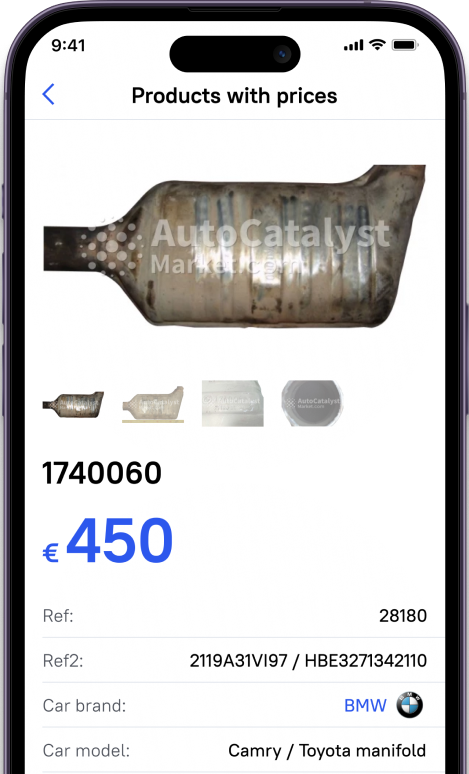- How Catalytic Converter Recycling Works?
- Valuable Materials in Catalysts
- Environmental Benefits of Catalytic Converter Recycling
In our time, with each passing day, more and more cars are being created, which were once the product of many people's imagination. But time doesn't stand still, and not only beautiful and fast cars are being created, but also completely new catalysts that people haven't seen before. As the automotive industry evolves, many questions arise, such as "what is the purpose of a catalytic converter?" or "how to recycle it?". In reality, catalyst recycling is indeed an important matter that many people often overlook. The exhaust system of a car consists of a converter, making up half of it, because without it, filtering all emissions would be nearly impossible. Therefore, when discussing catalyst removal, thoughts turn to its recycling rather than simple disposal. The reason is that part recycling is a crucial aspect that prevents the release of chemically harmful compounds into the environment.
How Catalytic Converter Recycling Works?
When discussing what happens after the removal of a catalyst, one can first mention that it is ground into a homogeneous state. But before all of this, lengthy discussions revolve around the question of why the catalytic converter should be removed. To be candid, recycling brings benefits not only in terms of preventing chemically harmful emissions into the fresh air but also because, after recycling the catalyst, valuable materials are obtained. Secondly, the "cats" (popular shortened name) is carefully weighed and its metals and components are checked to ensure that the recycling process meets all quality criteria. After all checks, the materials extracted from the detail can be sold on the market or to the recycling company itself. However, if one does not consider replacing, problems with the car's exhaust system are likely to be inevitable.
Valuable Materials in Catalysts
As mentioned earlier, a catalytic converter contains a vast amount of valuable and expensive materials that are highly regarded in the markets. The reason behind this is that filtering exhaust gases requires a sophisticated mechanism, made possible with materials such as palladium or rhodium. Therefore, many people purchase used catalysts to recycle them and eventually obtain valuable materials. However, it is not advisable to dismantle a properly functioning catalytic converter for parts solely to obtain these materials. Different types of them contain different materials, and they can function differently. For example, in particulate filters, platinum predominates, while in other types, there may be more rhodium. So it is essential to understand the type of car converter you have because there are both particulate and ceramic variants, which differ significantly from each other.
Environmental Benefits of Catalytic Converter Recycling
In the world, there are numerous factories and plants that heavily pollute the Earth's environment. You can imagine what would happen if catalysts were simply thrown into the trash; there would likely be another catastrophe. This is precisely why many people and scientists from around the world have started recycling catalytic converter to ensure that chemical bonds and materials do not pollute the world. Therefore, if a detail has already become dysfunctional, it should not be merely discarded or given away. The best option is to recycle it because it is not only environmentally friendly but also financially rewarding. As mentioned, catalytic converters contain a vast amount of valuable materials that people are willing to pay a significant amount of money for.






































